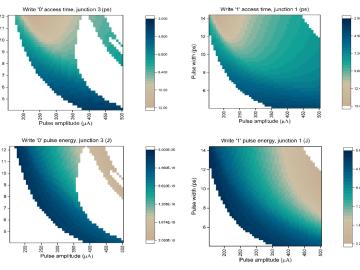Filter News
Area of Research
News Type
Date
Media Contacts
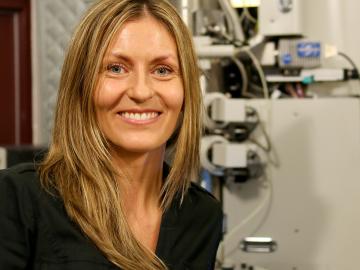
Kinga Unocic, researcher at the Department of Energy’s Oak Ridge National Laboratory, has received the 2017 Young Leaders International Scholar Award from The Minerals, Metals and Materials Society. Unocic is a materials scientist in the Microscopy and Corrosi...
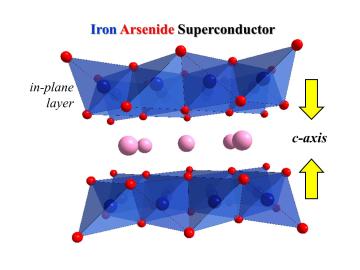
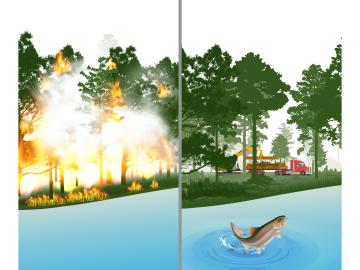

From machine learning to neuromorphic architectures that enable greater computing flexibility and utility, Oak Ridge National Laboratory researchers are pushing boundaries with Titan. “We’re using deep learning to advance the state of the art in several challenging fields such as c...
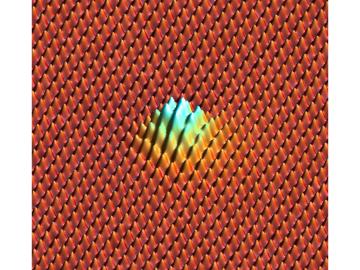
Researchers at Oak Ridge National Laboratory found a simpler way to measure adhesion between graphene sheets, compared to a sophisticated method used in a 2015 study: They measured how much graphene deflects when neon atoms poke it from below to create “bubbles.” Each bubble’s curv...
